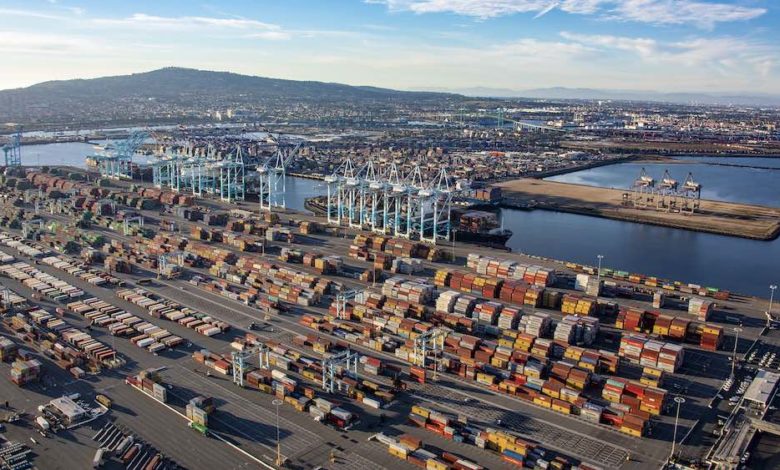Port of LA says lingering box fines working to improve congestion

Gene Seroka, executive director of the Port of Los Angeles, said in an interview on Tuesday that imposing fines on carriers for lingering containers was “a last resort” and is already helping to get containers moving off the docks.
“We’ve tried diplomacy, we’ve tried collaboration, operations meetings all around,” said Seroka, explaining why the decision was taken.
The new policy, also in effect at the Port of Long Beach, calls for arriving containers scheduled to be moved by truck to leave the ports within nine days and containers set to move by rail within six days. Fees of $100 a day per container will apply for containers that dwell at the terminals beyond those limits.
While the new rule went into effect on November 1, no penalties will be assessed before November 15 and the ports will consider not charging the fee if there is progress by that date. “If progress is being made clearing our docks, I have the discretion to delay the start of fees beyond November 15,” said Seroka in a statement. “Our goal is to see significant improvement on our docks so that we don’t need to administer any fees.”
If fees are collected, the ports have said they will invest the funds in “programs designed to enhance efficiency, accelerate cargo velocity, and address congestion impacts.”
According to releases from both ports, about 40% of the import containers at their terminals are idling at least nine days. Before the pandemic-induced import surge began in mid-2020, on average, containers for local delivery remained on container terminals under four days, while containers destined for trains dwelled less than two days.
In a separate interview on CNBC, Seroka said that, of the 73 vessels waiting to unload containers, 50 “represent many of the 10 newcomers to the trade this year, plus at least a half a dozen retailers that have decided to charter ships to bring them in. Many of these folks did not have reservations at the Ports of Long Beach or Los Angeles, even after they loaded cargo and the vessel began its journey across the Pacific. We try to hustle these folks in wherever we have a gap in time, which is few and far between, to get those vessels worked as well.”
